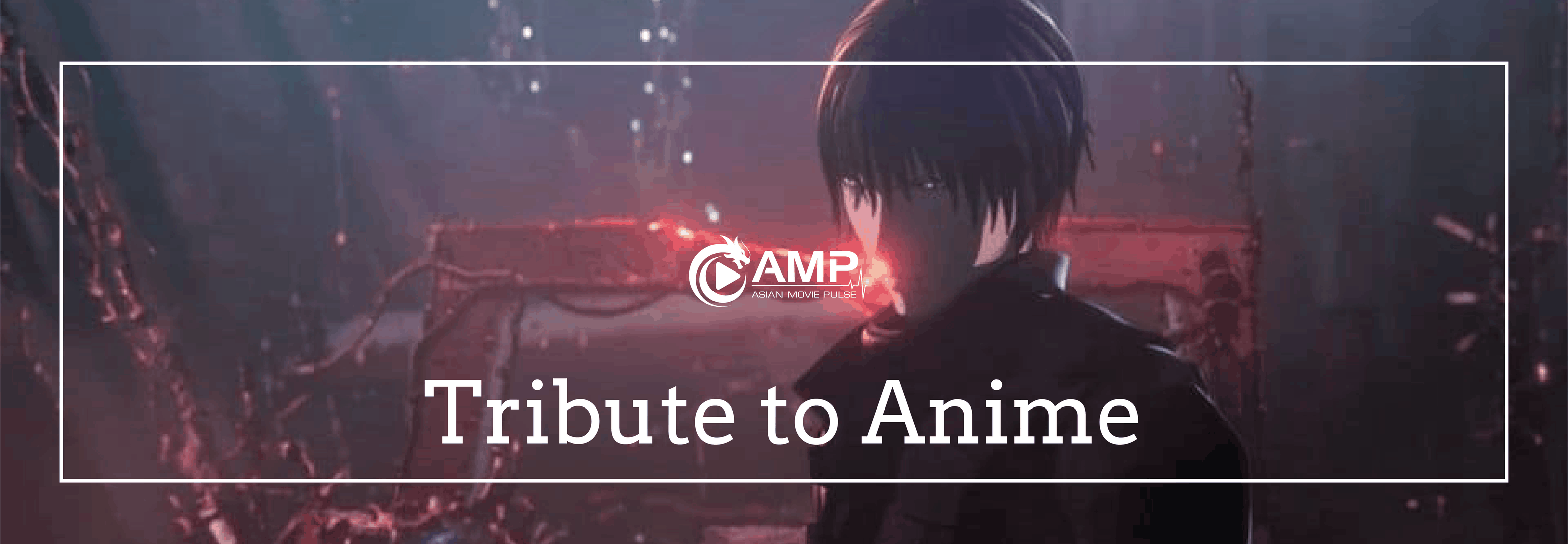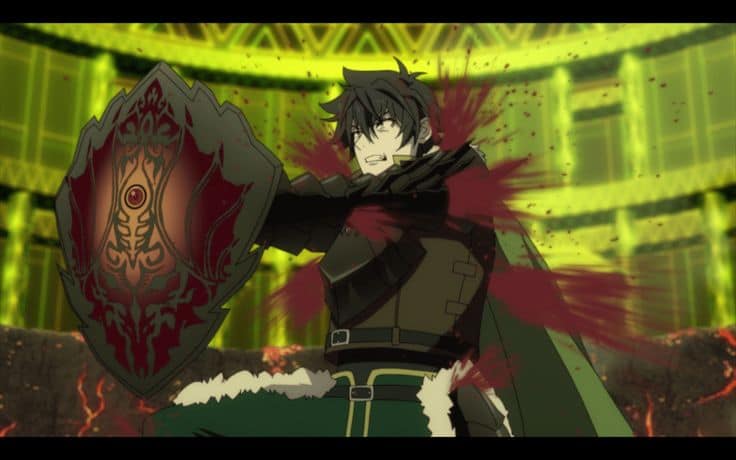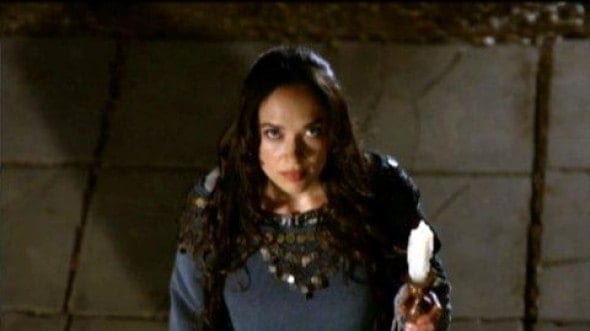Medieval themed anime have given us some of the most iconic titles over the years, with series like “Berserk”, “Scrapped Princess”, “Goblin Slayer” and others being the first that come to mind. Based on a light novel, “The Rising of the Shield Hero” is another title in the same lines, also including the online RPG element quite intensely, along with a number of other elements, and a character and storyline that are quite different from what is usual in the genre.
Buy This Title

Naofumi Iwatani, an easygoing Japanese youth bordering on being a hikikomori, is summoned into a parallel world along with Motoyasu, Ren and Itsuki, other young men from parallel universes, to become the world's Cardinal Heroes and fight inter-dimensional hordes of monsters called Waves. Each of the heroes has his own unique weapon, sword, spear and bow, but Naofumi ends up with the shield, the sole one with no offensive capabilities, thus making his task even more arduous than the rest. Furthermore, while the other heroes are fully supported by the kingdom and gain several strong allies from the get go, Naofumi ends up with Malty, a young beautiful woman who seems too good to be true initially, and eventually is revealed as the Kingdom's princess, before betraying him, stealing all his belongings, and leaving him devoid of all assistance and supplies after she falsely accuses him of sexually assaulting her.
Filled with hate for the nobility, the King, Malty and his fellow champions, a rather cynical to the point of cruel Naofumi decides to train on his own, even resorting into cooperating with a slave trader, from whom he buys a a young tanuki demi-human girl named Raphtalia and an egg that hatches into a bird-like monster whom he names “Filo”, both quickly growing into adulthood and becoming powerful warriors under his care. Gradually, the trio gain the trust and gratitude of people with their heroic actions, but Malty and the King are not willing to let him move even an inch towards success. Naofumi finds an unlikely ally in Malty's sister, Melty, but a number of new enemies also emerge, while the Pope is revealed as something completely different, the Queen finally shows her face, and the Waves become worse each time they appear.

“The Rising of the Shield Hero” is filled with intricate comments and motifs, which were the ones though, that also brought much controversy about the first episodes, and particularly the way slavery and the rape accusation are framed. In my book, however, these elements are quite well portrayed in their significance for the story, since Naofumi resorting to the help of a slave trader shows how desperate and essentially, how angry at the world he was, while the rape accusation highlights the villainy and cunningness of Malty in the most eloquent fashion.
In that fashion, Naofumi emerges as one of the most interesting protagonists we have seen in a title of the category, since the way he is treated by everyone in the beginning makes him bitter, resentful, and essentially hateful of almost everyone. Furthermore, that he is not unforgiving and bigger-than-life in his overall conduct, constantly asking for revenge essentially, emerges as a rather interesting element, instead of the highly unrealistic, forgiving nature similar characters exhibit usually in similar anime. At the same time, that Naofumi eventually receives vindication, which he seems to enjoy, in a style that could be described as exploitation, also works quite well, essentially providing satisfaction to the viewer, in another rather rare element.
One more very interesting aspect of the series is the way the (online) RPG game elements are implemented in the narrative, as we watch the protagonists leveling up the more they fight, receiving rewards for quests that allow them to buy more expensive equipment, and fulfilling tasks that let them gain more abilities or upgrade their class. All these are wonderfully implemented in the narrative, in a fashion that will definitely satisfy fans of such games, while, also very interestingly, Abo examines what could happen if events like this actually happened in real life.
The most significant issue here, however, takes place somewhere in the middle of the season, where the story loses its interest, essentially looking more like a series of fillers that just aim to prolong the series. The battles here are less, and the actual advancement of the story minimal, to a point that it becomes annoying to some extent. The Pope arc definitely compensates however, as the most majestic action piece of the season, that also functions as the turning point of the whole story, while also making a comment about the way organized religions exploit the faithful. The events that follow are also rather interesting, but the ending, again falls under the same filler aesthetics, at least story-wise.

Also of interest is the way violence is implemented in the anime, with the fights with the monsters being particularly bloody, in contrast to the ones among people, who are kept more tame, in a peculiar approach that seems as some sort of compromise, in order for the series to avoid an R15+ or even an R18+rating.
Masahiro Suwa's character design follows Western human profiles for the most part, with the various protagonists being easy to distinguish from each other, with particularly the female companions of Naofumi being different enough to satisfy the harem elements of the story, despite the fact that the overall drawing is not particularly original. The creatures that appear follow a combination of cuteness and vulgarity that also works quite well, also extending to the color scheme, which comprises mostly of bright colors, even in the most brutal scenes.
Kinema Citrus's animation is quite good, with the movement of the characters and the creatures being realistic in general, while the various battles become more and more impressive as the story progresses and the characters become stronger. The few CGI are well done and nicely implemented in the overall aesthetics.
With the exception of the mid part and a few episodes close to the end, “The Rising of the Shield Hero” emerges as an excellent title that manages to differ from the plethora of similar anime, due to its overall context.
















